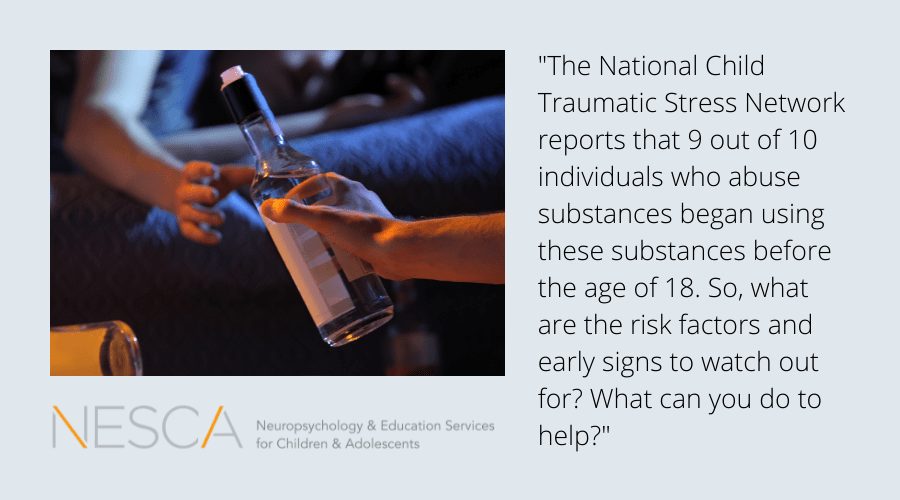
 By Miranda Milana, Psy.D.
By Miranda Milana, Psy.D.
Pediatric Neuropsychologist
It is estimated that approximately one third of adults in the United States have met criteria for an alcohol use disorder at some point in their lives, while approximately 10% have met criteria for another substance use disorder. While these numbers are staggering, what is even more astonishing is the fact that consuming substances before the age of 14 increases the likelihood of abusing substances later in life by 400%. In fact, The National Child Traumatic Stress Network reports that 9 out of 10 individuals who abuse substances began using these substances before the age of 18. So, what are the risk factors and early signs to watch out for? What can you do to help?
Risk Factors:
- Family history—if you have a family history of addiction, it is important to talk about this with your children just as you would have a conversation about a family history of cancer, diabetes, or any other mental illness. Determine when and how to approach this conversation by talking with your pediatrician.
- Comorbid diagnoses—having an existing mental health diagnosis (e.g., ADHD, depression, anxiety) increases the chances that one will use and abuse substances later in life. Many individuals start using substances as a method of self-medicating if their mental health symptoms are not well managed.
- Exposure—having easy access to substances, being exposed to peer groups or family members who use substances, or being exposed to media messages encouraging substance use can also increase the risk of substance use and abuse.
- Additional risk factors include poor coping skills, academic failure, chaotic home or peer environments, as well as impulsivity and risk taking behaviors.
Warning Signs to Watch for:
- Unexplained and/or extreme mood swings
- Dilated pupils/bloodshot eyes
- Changes in appetite
- Change in sleep patterns or levels of fatigue
- Changes in friends
- Loss of interest in previously preferred hobbies
- Being secretive about friends and activities
- Withdrawing from family members and loved ones
- Not respecting curfew or breaking other house rules
- Running away from home or sneaking out
- Stealing or having unexplained amounts of money
- Increased absences from school
- Decline in grades
- Increase in behavioral problems
How to Help:
- Start the conversation when it is appropriate. Talking to your pre-teen or teen about the effects of substances and alcohol/drug laws is essential in keeping the lines of communication open. Ask them first about their level understanding and what they have already learned or heard about.
- Increase coping skills—having appropriate communication skills, positive social-emotional connections, strong self-esteem, and confidence in dealing with peer pressure are all extremely beneficial in helping children and teens navigate adolescence. If your child struggles in one or more of these areas, it is important to target these vulnerabilities early on through the appropriate therapeutic supports (i.e., psychotherapy, social skills groups, school counseling, occupational therapy, executive function coaching).
- If you are concerned your child is using substances, you may contact their pediatrician or find support through SAMHSA’s national helpline (call 1-800-662-HELP or text HELP4U to 435748 to receive information on local treatment facilities, support groups, and local community organizations).
References:
Grant BF, Goldstein RB, Saha TD, et al. Epidemiology of DSM-5 Alcohol Use Disorder: Results From the National Epidemiologic Survey on Alcohol and Related Conditions III. JAMA Psychiatry. 2015;72(8):757–766. doi:10.1001/jamapsychiatry.2015.0584
Grant BF, Saha TD, Ruan WJ, et al. Epidemiology of DSM-5 Drug Use Disorder: Results From the National Epidemiologic Survey on Alcohol and Related Conditions–III. JAMA Psychiatry. 2016;73(1):39–47. doi:10.1001/jamapsychiatry.2015.2132
About the Author
Dr. Miranda Milana provides comprehensive evaluation services for children and adolescents with a wide range of concerns, including attention deficit disorders, communication disorders, intellectual disabilities, and learning disabilities. She particularly enjoys working with children and their families who have concerns regarding an autism spectrum disorder. Dr. Milana has received specialized training on the administration of the Autism Diagnostic Observation Schedule (ADOS).
attention deficit disorders, communication disorders, intellectual disabilities, and learning disabilities. She particularly enjoys working with children and their families who have concerns regarding an autism spectrum disorder. Dr. Milana has received specialized training on the administration of the Autism Diagnostic Observation Schedule (ADOS).
Dr. Milana places great emphasis on adapting her approach to a child’s developmental level and providing a testing environment that is approachable and comfortable for them. She also values collaboration with families and outside providers to facilitate supports and services that are tailored to a child’s specific needs.
Before joining NESCA, Dr. Milana completed a two-year postdoctoral fellowship at Boston Children’s Hospital in the Developmental Medicine department, where she received extensive training in the administration of psychological and neuropsychological testing. She has also received assessment training from Beacon Assessment Center and The Brenner Center. Dr. Milana graduated with her B.A. from the University of New England and went on to receive her doctorate from William James College (WJC). She was a part of the Children and Families of Adversity and Resilience (CFAR) program while at WJC. Her doctoral training also included therapeutic services across a variety of settings, including an elementary school, the Family Health Center of Worcester and at Roger Williams University.
Dr. Milana grew up in Maine and enjoys trips back home to see her family throughout the year. She currently resides in Wrentham, Massachusetts, with her husband and two golden retrievers. She also enjoys spending time with family and friends, reading, and cheering on the Patriots, Bruins, Red Sox, and Celtics.
Neuropsychology & Education Services for Children & Adolescents (NESCA) is a pediatric neuropsychology practice and integrative treatment center with offices in Newton, Massachusetts, Plainville, Massachusetts, and Londonderry, New Hampshire, serving clients from preschool through young adulthood and their families. For more information, please email info@nesca-newton.com or call 617-658-9800.
To book an appointment with Dr. Miranda Milana, please complete our Intake Form today. For more information about NESCA, please email info@nesca-newton.com or call 617-658-9800.



 neuropsychologist who has been practicing for almost 20 years. In 1996, she jointly founded the Children’s Evaluation Center (CEC) in Newton, Massachusetts, serving as co-director there for almost ten years. During that time, CEC emerged as a leading regional center for the diagnosis and remediation of both learning disabilities and Autism Spectrum Disorders.
neuropsychologist who has been practicing for almost 20 years. In 1996, she jointly founded the Children’s Evaluation Center (CEC) in Newton, Massachusetts, serving as co-director there for almost ten years. During that time, CEC emerged as a leading regional center for the diagnosis and remediation of both learning disabilities and Autism Spectrum Disorders.
 Erin Gibbons, Ph.D.
Erin Gibbons, Ph.D.

 and academia for over 30 years. She is a national consultant and speaker on program design and the inclusion of children and adolescents with special needs, especially those diagnosed with Autism Spectrum Disorder (ASD). Prior to joining NESCA, Ms. Lucci was the Principal of the Partners Program/EDCO Collaborative and previously the Program Director and Director of Consultation at MGH/Aspire for 13 years, where she built child, teen and young adult programs and established the 3-Ss (self-awareness, social competency and stress management) as the programming backbone. She also served as director of the Autism Support Center. Ms. Lucci was previously an elementary classroom teacher, special educator, researcher, school psychologist, college professor and director of public schools, a private special education school and an education collaborative.
and academia for over 30 years. She is a national consultant and speaker on program design and the inclusion of children and adolescents with special needs, especially those diagnosed with Autism Spectrum Disorder (ASD). Prior to joining NESCA, Ms. Lucci was the Principal of the Partners Program/EDCO Collaborative and previously the Program Director and Director of Consultation at MGH/Aspire for 13 years, where she built child, teen and young adult programs and established the 3-Ss (self-awareness, social competency and stress management) as the programming backbone. She also served as director of the Autism Support Center. Ms. Lucci was previously an elementary classroom teacher, special educator, researcher, school psychologist, college professor and director of public schools, a private special education school and an education collaborative.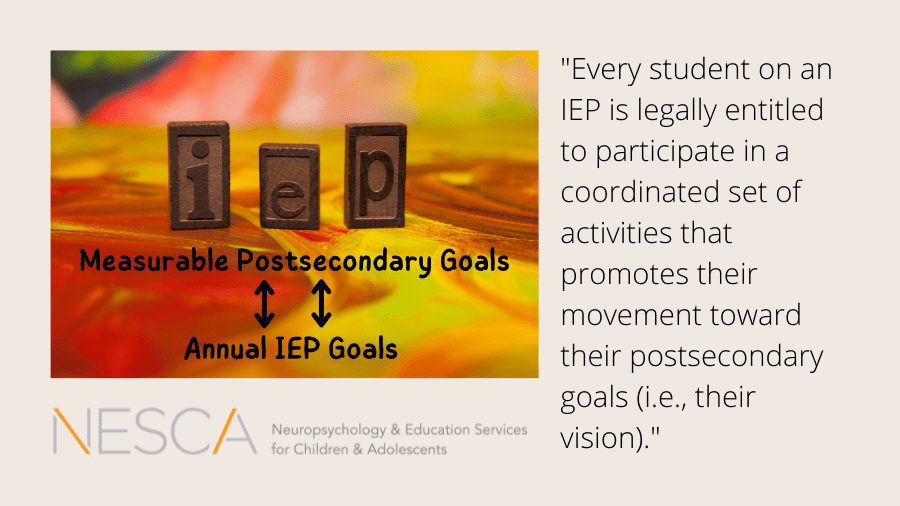


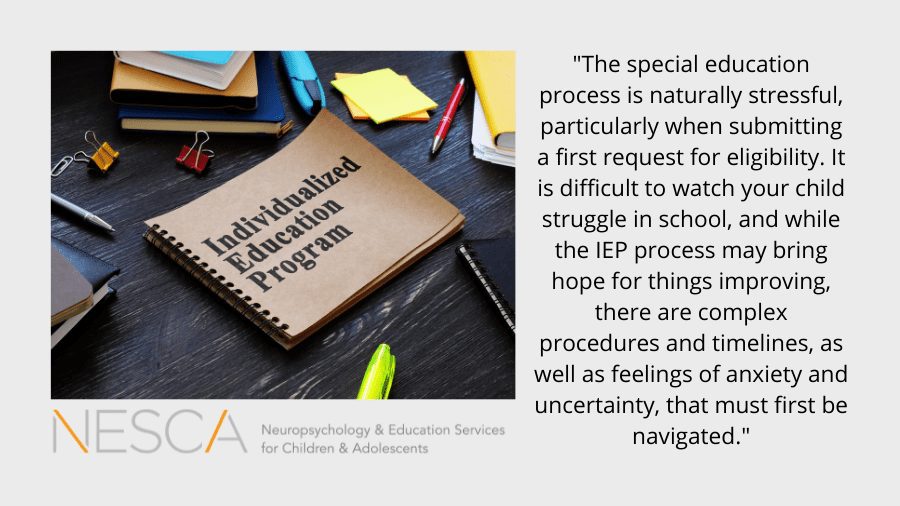
 Londonderry, NH office. She specializes in the evaluation of anxious children and teens, working to tease apart the various factors lending to their stress, such as underlying learning, attentional, or emotional challenges. She particularly enjoys working with the seemingly “unmotivated” child, as well as children who have “flown under the radar” for years due to their desire to succeed.
Londonderry, NH office. She specializes in the evaluation of anxious children and teens, working to tease apart the various factors lending to their stress, such as underlying learning, attentional, or emotional challenges. She particularly enjoys working with the seemingly “unmotivated” child, as well as children who have “flown under the radar” for years due to their desire to succeed.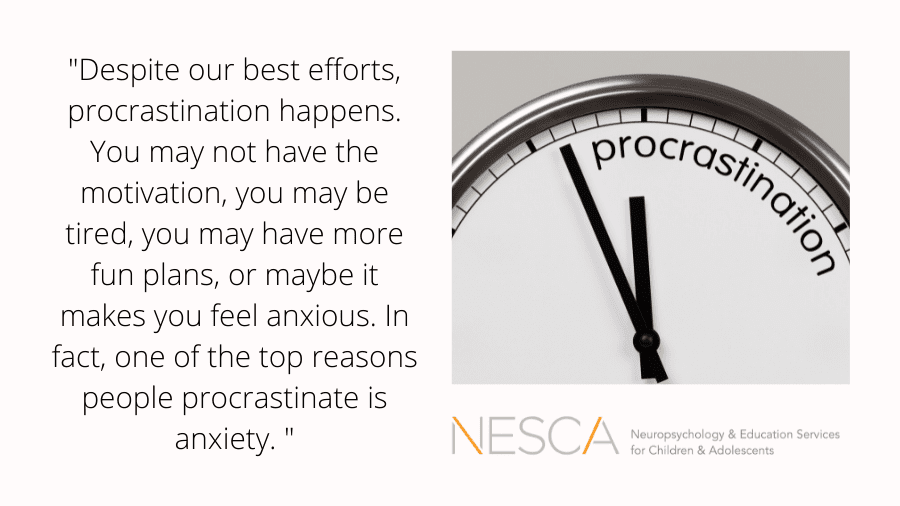
 meaningful skills in order to reach their goals. She has spent the majority of her career working in a private school for students with ASD. She has also spent some time working in an inpatient mental health setting. Lyndsay uses occupation-based interventions and strategies to develop life skills, executive functioning, and emotional regulation. While completely her doctoral degree at MGH Institute of Health Professions, Lyndsay worked with the Boston Center for Independent Living to evaluate transition age services. She uses the results from her research to deliver services in a way that is most beneficial for clients. Specifically, she focuses on hands-on, occupation-based learning that is tailored the client’s goals and interests.
meaningful skills in order to reach their goals. She has spent the majority of her career working in a private school for students with ASD. She has also spent some time working in an inpatient mental health setting. Lyndsay uses occupation-based interventions and strategies to develop life skills, executive functioning, and emotional regulation. While completely her doctoral degree at MGH Institute of Health Professions, Lyndsay worked with the Boston Center for Independent Living to evaluate transition age services. She uses the results from her research to deliver services in a way that is most beneficial for clients. Specifically, she focuses on hands-on, occupation-based learning that is tailored the client’s goals and interests.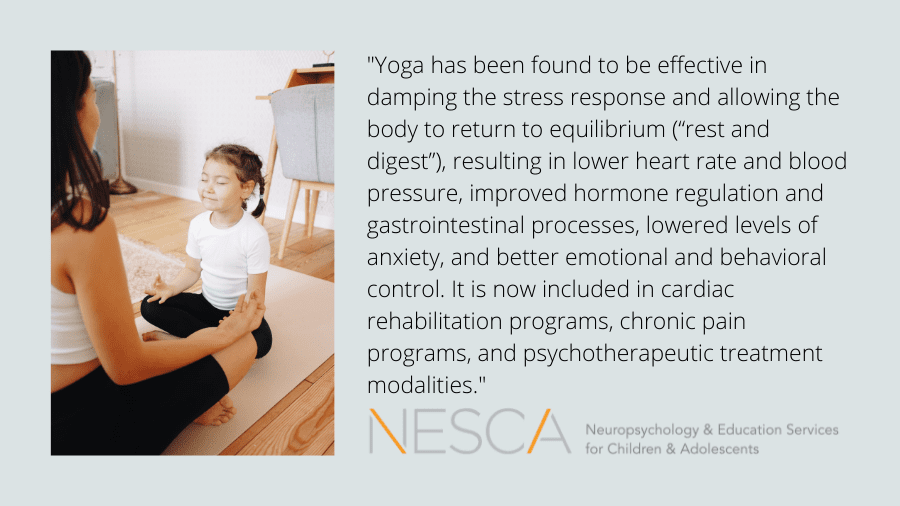
 for something that “would get me back into movement.” She quickly fell in love with yoga and completed her 200-hour Yoga Teacher Training. In the meantime, she also completed her master’s degree in Marriage and Family Studies at Salem State University. With this combination of expertise, she is able to help children and adolescents become more in touch with their bodies and find their words through movement, breathing, and relaxation.
for something that “would get me back into movement.” She quickly fell in love with yoga and completed her 200-hour Yoga Teacher Training. In the meantime, she also completed her master’s degree in Marriage and Family Studies at Salem State University. With this combination of expertise, she is able to help children and adolescents become more in touch with their bodies and find their words through movement, breathing, and relaxation.
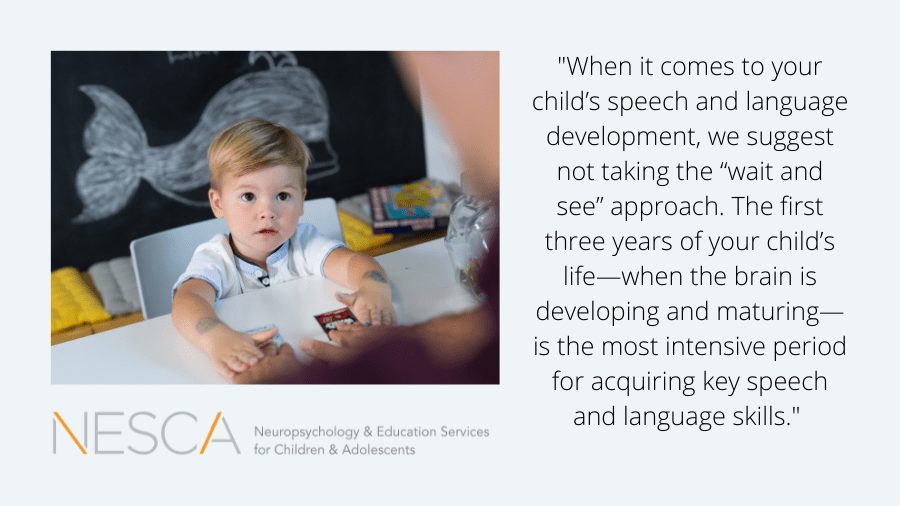




Connect with Us